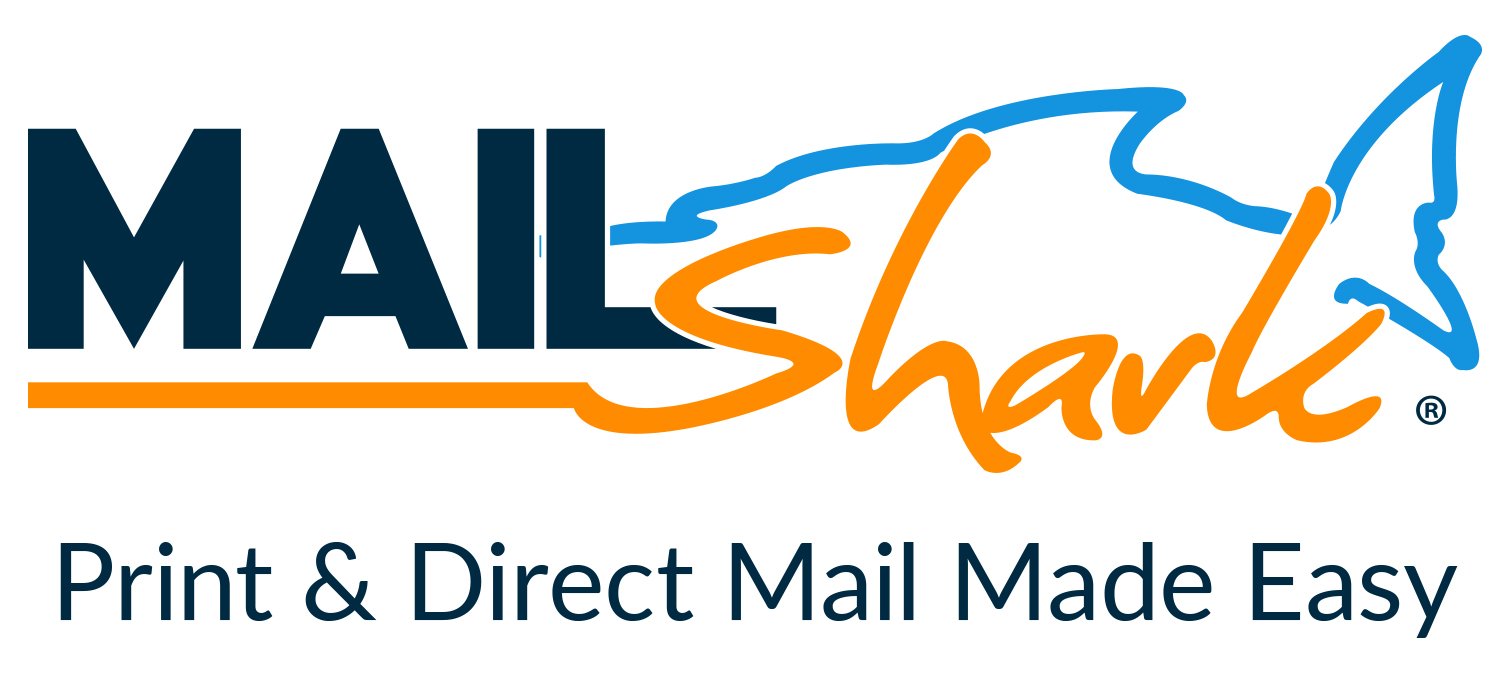Hi, Natalie here.
We ended Part 1 of this blog with the SBA’s definition of gross receipts which is consistent with SBA’s size regulation 13C.F.R. 121.104. This is another great reason to check out the SBA’s website www.sba.gov or go to your local SBA office for additional information.
Beginning Part 2, we start with expanding on this rule from the New PPP Regulations:
“Any Forgiveness Amount” of a First Draw PPP Loan is Excluded from a Borrower’s Gross Receipts.”
Simply stated, you can breathe a sigh of relief. Forgiveness amounts from your first draw PPP loan are not included a gross income when adding up what your gross receipts were. Think of this as a tax deduction taken right off the top of your gross receipts.
Yes, I went there, taxes. As I write this, I’m preparing my client’s books for the tax pros who will be busy from February through April 15th. But, I digress, back to the SBA interim rules
If you want to dive into the SBA rule on forgiveness amounts, check out section 7A(i) of the Small Business Act. The takeaway from this section is that PPP forgiveness amounts are expressly excluded (they don’t count) from being taxed as income. This also makes sure you are not disqualified from receiving the second draw PPP loan because of forgiveness during the first draw PPP loan. Restated, you have a better opportunity to qualify for the second round of PPP loans.
The next line in the interim rules reads:
“Borrowers May Use any 365 Day Period Beginning on January 1, 2019 to Calculate Their Average Monthly Payroll Costs:”
The following is general in nature and not related to your specific situation, so stick with me, please?
The maximum amount any individual borrower my receive from the second draw PPP loan is the smaller amount of two and one half (2.5) months of the borrower’s average monthly payroll costs during that 365-calendar day period not to exceed $2 million. You have two options for calculating the time period.
- “The 1-year period before the date on which the loan is made.”
- “Calendar year 2019.”
You have some flexibility here as you can choose any 365-day period starting on 1/1/19. It may be an exact calendar year or may be any period of 365 days between 1/1/19 and today. An example based on the federal government fiscal year is starting on 10/1/19 and ending 9/30/20.
Here’s quote from the Interim Financial Rules if you’d like to read the ‘official’ language:
“Subsection (f) of the IFR uses “calendar year 2020” to refer to “the twelve-month period prior to when the loan is made.” Calculating payroll costs based on calendar year 2020 rather than the twelve months preceding the date the loan is made will simplify the calculations and documentation requirements for borrowers because payroll records are more commonly created and retained on a calendar-year basis. Allowing borrowers to calculate payroll costs based on calendar year 2020 is also not expected to result in a significant difference in payroll costs compared to the twelve months preceding the date the loan is made because all Second Draw PPP Loans will be made in the first quarter of 2021.”
To wrap up this blog, we’re going to dive into another section of the Interim Financial Rules:
“Calculation of Average Monthly Payroll Costs for NAICS Code 72 Entities That Qualify as Seasonal Employers or as New Entities:”
If you are a seasonal employer or new entity that is not a NAICS Code 72 business this is for you, but wait. A NAICS Code 72 business is defined as “businesses in the accommodation and food services sector”. Here’s where it gets a bit deep and potentially confusing. A NAICS Code 72 business may also be considered as seasonal employer or a new entity.
I know, what appears to be typical government legalese and double speak. Hang in there as I do my best to translate this for you.
The Interim Final Rules clarify this by stating that when your NAICS Code 72 business fits into one of these separate categories… Here’s where the seasonal employer/new entity and NAICS Code 72 business are joined. These businesses MAY calculate their payroll costs used to determine their loan amount…
- …based upon the formula that applies to the entity, OR
- the standard formula used to calculate payroll costs for every other type of borrower…
while still being allowed to use the 3.5 times multiplier that is applied to NAICS Code 72 entities under the new Act.
Wading through government regulations can be challenging and this blog series will continue with Part 3. We’ll start with:
“Bankruptcy Prevents Borrowers from Receiving a Second Draw PPP Loan:”
I may be able to shed some additional light on these new rules, so contact me if you want to talk this over or do my best to answer specific questions about these new rules.
See you back here for Part 3.
Natalie Paris
https://threeriversbookkeeping.com/
907-331-0208











Recommended Comments
There are no comments to display.
Create an account or sign in to comment
You need to be a member in order to leave a comment
Create an account
Sign up for a new account in our community. It's easy!
Register a new accountSign in
Already have an account? Sign in here.
Sign In Now